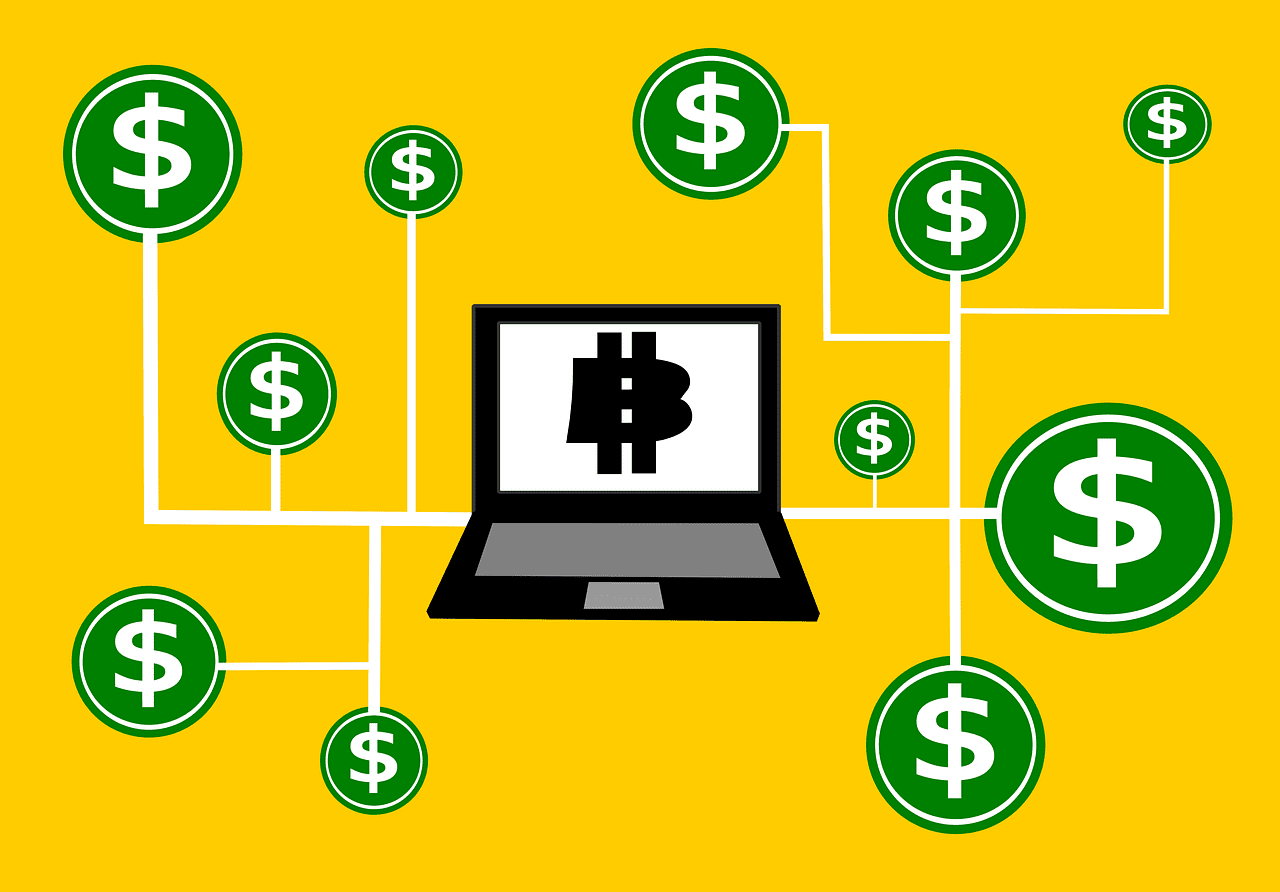Різниця між QA Automation та QA Manual
August 31, 2021Trading the Inside Bar Candlestick Pattern
September 29, 2021Content
The network dynamically adjusts the requisite number of leading zeroes (or the “difficulty”) so that a block is mined every 10 minutes on average. A significant aspect of cryptocurrencies is that they allow you to remain anonymous. Owners of cryptocurrency projects develop cryptographic techniques in order to ensure that all transactions and users remain concealed to the desired degree. Various studies have found that crypto-trading is rife with wash trading. Wash trading is a process, illegal in some jurisdictions, involving buyers and sellers being the same person or group, and may be used to manipulate the price of a cryptocurrency or inflate volume artificially.
How To Understand Blockchain Bridges Through Four QuestionsA Layer 2 expert and researcher helps explain the concept of blockchain bridges and why they are so important. Get the latest blockchain explainers, webinars, resources, and more straight to your inbox. You probably have a lot of questions at this point and are already considering edge cases — how does the ownership chain begin?
Cryptography in Blockchain
In a proof-of-stake model, owners put up their tokens as collateral. In return, they get authority over the token in proportion to the amount they stake. Generally, these token stakers get additional ownership in the token over time via network fees, newly minted tokens, or other such https://xcritical.com/ reward mechanisms. You now know that Bitcoin is a digital currencythat is decentralized and works on the blockchain technology and that it uses a peer-to-peer network to perform transactions. Ether is another popular digital currency, and it’s accepted in the Ethereum network.

While it’s very efficient to hash information, the difficulty with this method comes when the recipient of the information wishes to decipher it. Unlike public and secret key cryptography, hashing is a one-way road in which you can’t return the string of text you create to its initial, readable form. In order to securely store private keys, most Bitcoin wallets encrypt their data using a variety of encryption schemes. For example, Bitcoin Core encrypts its wallet using the Advanced Encryption Standard . This is the same encryption algorithm used by the NSA for its classified information, and AES is considered extremely secure.
Digital Signatures and Bitcoin
It allows anyone to participate in the core activities of the blockchain network, such as verifying transactions or mining tokens. A private blockchain only allows registered participants to access the network. Its code is closed source and may not be used, modified, or redistributed without permission from its owners. BNY Mellon on 11 February 2021 announced that it would begin offering cryptocurrency services to its clients.

You can make transactions at any time of the day or night, and there are no limits on purchases and withdrawals. And anyone is free to use cryptocurrency, unlike setting up a bank account, which requires documentation and other paperwork. Cryptocurrency what is cryptography is a digital or virtual currency that uses cryptography for security. A cryptocurrency is difficult to counterfeit because of this security feature. Cryptocurrencies are decentralized and not subject to government or financial institution control.
Use of Cryptographic Hash Functions
In terms of relaying transactions, each network computer has a copy of the blockchain of the cryptocurrency it supports. When a transaction is made, the node creating the transaction broadcasts details of the transaction using encryption to other nodes throughout the node network so that the transaction is known. You can buy various items with cryptocurrency, including digital assets such as domain names, gift cards, and software.
- Digicash required user software in order to withdraw notes from a bank and designate specific encrypted keys before it can be sent to a recipient.
- The journal encourages authors to digitally sign a file hash of submitted papers, which will then be timestamped into the Bitcoin blockchain.
- Because cryptocurrencies operate independently and in a decentralized manner, without a bank or a central authority, new units can be added only after certain conditions are met.
- You can make transactions at any time of the day or night, and there are no limits on purchases and withdrawals.
It is widely used in our daily life where information needs to be protected like banking transactions passwords, email account passwords, and e-commerce transactions. Ethereum is a blockchain-based software platform with the native coin, ether. Ethereum smart contracts support a variety of distributed apps across the crypto ecosystem. Bitcoin is safe so long as at least 51% of the computational power for all the nodes connected to the network is controlled by honest, non-colluding users. A malicious user controlling 51% of the network who pays for his coffee with Bitcoin could drink his brew and then mine a block which fraudulently omitted his coffee purchase. Even if the network had gotten a few blocks ahead of him by the time he started mining his fraudulent chain, with 51% of the network’s horsepower he would inevitably catch up.
Why Do We Need A Digital Signature For Blockchain Transactions?
It was on a cryptography message board back in 2009 that Bitcoin creator Satoshi Nakamoto suggested a way to solve the double-spend problem that had long been the Achilles heel of digital currencies. The double-spend problem occurs when the same unit of crypto has the potential to be spent twice, which would destroy trust in them as an online payment solution and make them essentially worthless. Hashes are essential to blockchain management because they can encrypt large quantities of information without compromising the original data.
Regulations and bans that apply to Bitcoin probably extend to similar cryptocurrency systems. Steve Bannon, who owns a “good stake” in Bitcoin, sees cryptocurrency as a form of disruptive populism, taking control back from central authorities. Jordan Kelley, founder of Robocoin, launched the first Bitcoin ATM in the United States on 20 February 2014. The kiosk installed in Austin, Texas, is similar to bank ATMs but has scanners to read government-issued identification such as a driver’s license or a passport to confirm users’ identities.
Cryptocurrency fraud and cryptocurrency scams
Its first known use dates back to the year 1900 BC as hieroglyphics in an Egyptian tomb. The term itself comes from the Greek words kryptos and graphein, which mean hidden and to write, respectively. It has existed much longer than our digital age and has evolved like languages over the centuries. Money is not a client of any investment adviser featured on this page. The information provided on this page is for educational purposes only and is not intended as investment advice. Conversion of information or data into a secure code in order to prevent unauthorised access to the informa…
What is Digital Signature?
Because the Bitcoin protocol requires that the longest chain be accepted as canonical, the malicious user would get away with his theft even if there existed abandoned sub-trees of the blockchain suggesting his deceit. The Bitcoin protocol specifies that every block is allowed to include a transaction of 25 BTC to the block miner, in which those 25 BTC are created out of thin air. A Bitcoin can be verified as non-counterfeit if its ownership chain can be traced back to one of these special transactions. A new generation of programmers are already leapfrogging over Bitcoin and directly into Ethereum. These programmers may never have taken much interest in cryptocurrencies, but they’re drawn to Ethereum by its provisioning for trustless transactions of arbitrary (Turing-complete) complexity. While I can’t blame them for wanting to jump right into Ethereum, Ethereum derives a huge share of its underlying technology directly from Bitcoin.
Related posts

